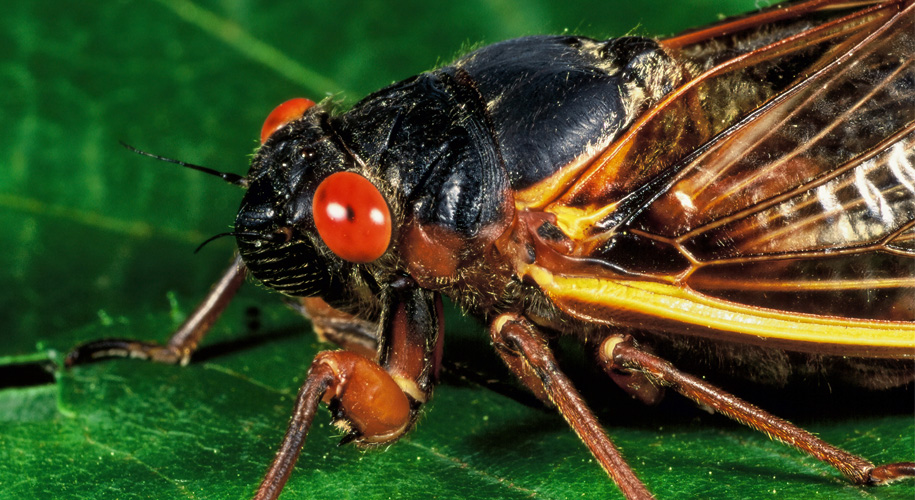
What You Need To Know About The Brood X Cicadas
It’s 2004: George W. Bush has been elected for a second term, the final episode of Friends airs on NBC, the Boston Red Sox win the world series for the first time since 1918 and the air is seemingly vibrating with hundreds of thousands of Brood X Cicadas. That was the last time we saw or heard from these mysterious insects…until now. The Washington DC area will again be buzzing with hundreds of thousands Brood X Cicadas in May through early July. Here are some fun facts about our red eyed, black bodied, vocal friends:
- They have been living underground for the last 17 years living approximately one to two feet underground
- There are an estimated 3,000 species of cicadas around the world, but the 17-year Brood X Cicadas of the eastern U.S. appear to be unique in combining long juvenile development times with synchronized, mass adult emergences.
- They emerge from their subterranean hide out when the soil temperature is between 64-65 degrees and the outside conditions are sunny and beautiful.
- Where does that signature sound come from? Primarily created by the males by flexing their tymbals, which are drum-like organs found in their abdomens.
- Young cicadas actually begin their life in a tree limb. Mama cicada will cut grooves into the limb to expose tree fluids that the young cicada will feed on. These grooves can kill small branches. When the branches die and the leaves turn brown, it is called flagging.
- Cicadas are active underground, tunneling, and feeding, and not sleeping or hibernating as commonly thought.
- During their underground life, they primarily feed upon the sap excreted from tree roots. You would think this would damage the tree, but instead they aerate the soil and bring important nutrients and nitrogen to the surface actually benefitting the tree.
- After 17 years, Brood X cicadas emerge from the ground as nymphs. Nymphs climb the nearest available vertical surface (usually a plant) and begin to shed their nymph exoskeleton. Free of their old skin, their wings will inflate with fluid and their adult skin will harden. Once their new wings and body are ready, they can begin their brief adult life.
What can you do to protect your trees from the female cicadas? Typically the cicadas won’t fatally damage healthy trees, but applying bio-stimulants, essentially vitamins for your tree, will strengthen the internal structure to survive the invasion. After the cicadas have made their mark, be sure to prune and remove any dead branches that may become a fall risk.
Our ISA Certified Arborists at Titan Tree Care can properly prescribe any bio-stimulants necessary to keep your trees full of life this summer. If the Cicadas do get the best of a few limbs, we also practice proper pruning techniques to ensure the life of your tree and keep your property safe.
Get a Quote
Looking for expert tree care? Fill out the form below and we’ll be in touch!
Looking for expert tree care?

